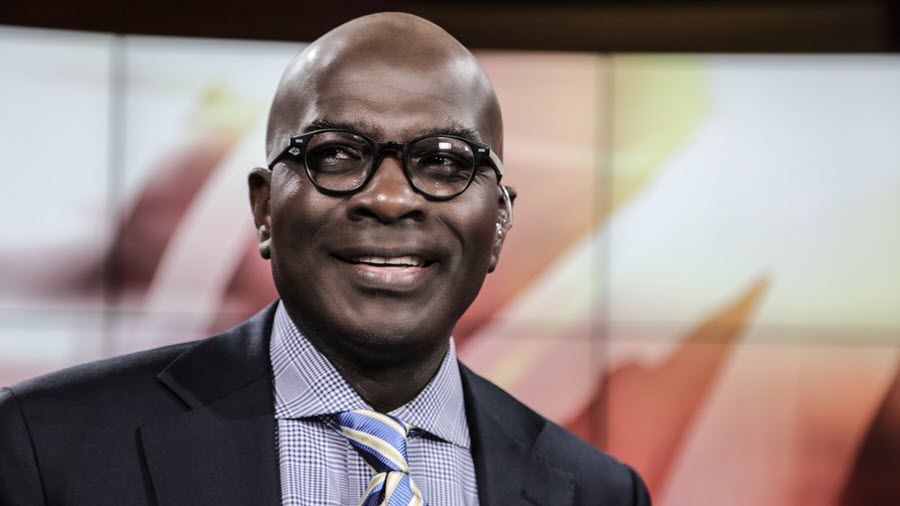Broadcast Consolidation Gives Industry Needed Breathing Room

The fact is, television must evolve in order to take advantage of the market opportunities afforded to cable and internet companies. In order to evolve, broadcasters must be able to fund innovation.-Armstrong Williams
Defeating so-called “media concentration” has long been the liberal media’s rallying cry when it comes to consolidation in broadcasting. They have conveniently ignored that the lion’s share of the nation’s households view both local and national television over cable networks and other platforms. Broadcast television’s shrinking share of the media market demands a reconsideration of the rules governing station ownership.
As it stands, the 6 MHz of spectrum set aside for broadcast television is a dedicated open line into the consumer’s home. Unlike other forms of media–cable and internet, for example--consumers of broadcast television are essentially a captive audience. Broadcasters are also, in essence, captive carriers. In a traditional broadcasting scenario, the broadcaster can only transmit one stream of content per channel in one direction. As it stands, they cannot deliver interactive services such as self-generated viewer ratings and comments. Broadcasting platforms do not currently permit viewers to retransmit, simultaneously, content across social media. These interactive capabilities, among others, have become basic features of today’s multimedia environment.
The fact is, television must evolve in order to take advantage of the market opportunities afforded to cable and internet companies. In order to evolve, broadcasters must be able to fund innovation. That includes industry rollout of the ATSC 3.0 protocol. Investment in innovative technologies like ATSC 3.0 will ultimately help the industry survive in a hyper-competitive media environment. Doing so requires increased cooperation between broadcasters and bolstering the business case for broadcasting as a growth industry.
The two critical elements in creating such a business case are reforming the legacy rules regarding broadcast ownership, and conducting appropriate cost-benefit analyses for ongoing spectrum allocation decisions. The former, including “sidecar” arrangements and JSAs, helps owners share production and administrative costs.
The second element is developing more robust economic analysis of the costs, benefits and winners and losers of any major proposals regarding spectrum allocation. It is essential that localism and viewpoint diversity figure prominently in any actions affecting the allocation of spectrum resources. When a regulatory agency moves spectrum away from entities with public interest obligations to those that don’t, where exactly does the public interest go? Perhaps that’s a question better left to a higher power.
How does media consolidation in broadcasting advance the public interest? Quite simply by marshaling resource commitments and creating opportunities for horizontal, collaborative innovation. The ATSC 3.0 platform rollout represents just that opportunity. Making effective use of the broadcast spectrum requires, at this early stage, that broadcasters are free to collaborate in meaningful ways. The benefits are potentially game changing: increased consumer choice, vastly more efficient spectrum utilization, enhanced transmission quality, and hyperlocal information targeting.
Companies in the cable and internet space have generated large moats around their businesses and capture a huge share of the advertising market. Their businesses, unlike broadcasters’, do not carry additional obligations to act in the public interest. In order for broadcasters to compete in this changing environment, government has to remove suffocating regulations that force us to grow or die.
Williams is sole owner of Howard Stirk Holdings I & II Broadcast Television Stations. He can be heard on Sirius XM126 Urban View nightly 6:00-8:00pm EST.
Broadcasting & Cable Newsletter
The smarter way to stay on top of broadcasting and cable industry. Sign up below
Armstrong Williams is a principal owner of the Baltimore Sun and manager/sole owner of Howard Stirk Holdings I & II Broadcast Television Stations.



